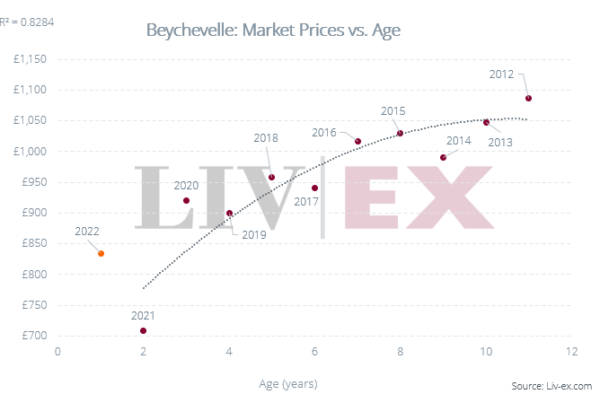- Burgundy, the Rhone and the USA make gains
- Maison Leroy, Bourgogne Rouge 2014 most active
- Spotlight on… Gaja
- Why is fine wine easier to value than art and cars?

With the holiday season coming to a close, trade by both value and volume rose for the second week in a row. The Liv-ex 50 index, which tracks the price performance of the First Growths, closed at 350.03, flat on last week. Bordeaux’s share by value continued its downward trend, falling to 42.3%. Champagne’s share almost halved, from 10.1% to 5.7% this week.
Their losses made way for other regions to gather momentum: Burgundy and the Rhone rose to 22.7% and 5% respectively. Italy also kept its level steady at 17.8%, well above its July average.

The most active wines this week came from Burgundy, Italy and Bordeaux. Maison Leroy, Bourgogne Rouge 2014 was in the top spot, with a last trade at £450 per 12×75. The second and third places were taken by two Italian wines: Fontodi, Flacciannelo Pieve 2015 and San Guido, Difese 2016. The former boasts 99 points from Antonio Galloni (Vinous), who called it “stratospheric” and “positively stunning”.
Lafleur 2005 (RP 100, NM 97+) also featured in the top five. The wine last traded at £15,000 per 12×75, an all-time high. This also represents an increase of 150% on its release price of £6,000 per 12×75.

Spotlight on… Gaja
This week, we looked at the story behind Gaja: the brand’s power, its market performance over the past decade and its place within Italy. For Liv-ex members, there are currently a number of live Gaja offers, including numerous vintages of its Barbaresco, Darmagi, Vistamare, Langhe Alteni Bressica, Sperss.
Next month, we are also publishing a special in-depth report on Italy: its past, present and the future. Find out more here.
Why is fine wine easier to value than art and cars?
When it comes to investment, wine, art and cars have often been regarded as ‘pleasurable’ assets. The notable distinctions between them, however, are rarely acknowledged. Our latest article looked at why fine wine as an alternative asset class is not so like art and classic cars, and why it is easier to value accurately. Read it here.
In the coming weeks, we are also releasing a free special report on how to value fine wine, Wine Valuation in the 21st century. The report will discuss the factors that influence the price of wine, as well as the importance of standardised price data in order to carry out a valuation. Find out how you can get your copy here.
[mc4wp_form id=”18204″]





